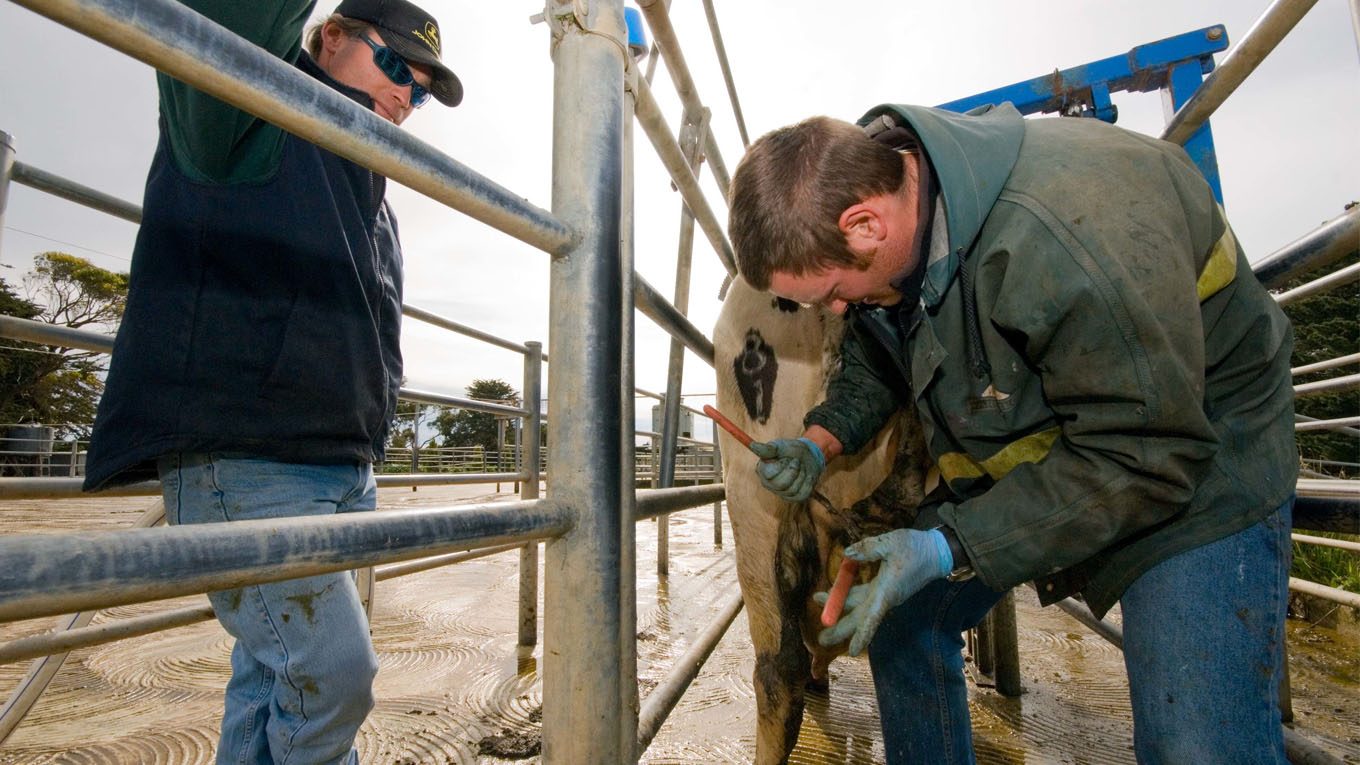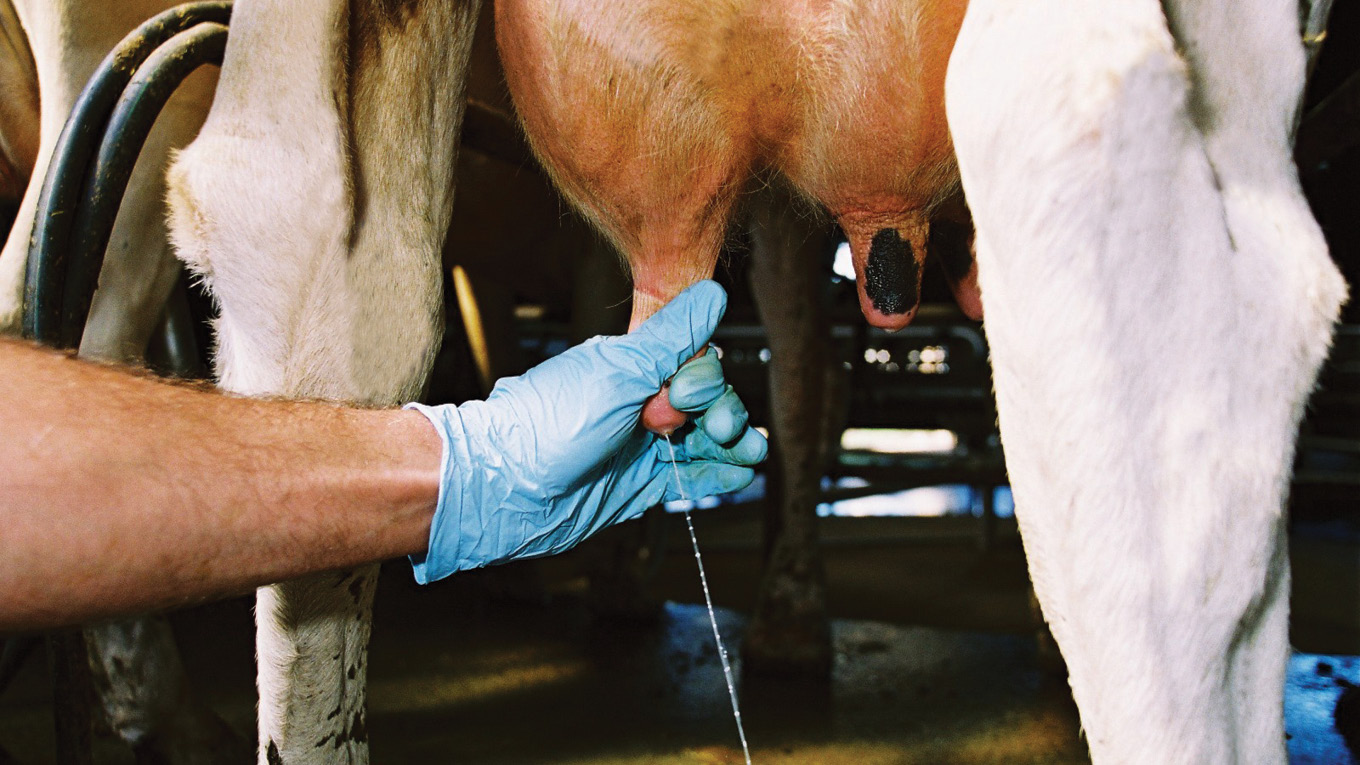Countdown Resources
The following resources will help dairy farmers and advisors manage bulk milk cell counts (BMCC) and mastitis in Australian dairy herds.
Countdown Farm Guidelines
The Countdown Farm Guidelines for mastitis control were first published in 1998. The publication encompassed all of the evidence-based best practice for mastitis control available at the time and has been widely used by farmers and advisors. About 11,000 copies of the original publication have been circulated.
The guidelines have been an essential resource in helping farmers improve their bottom line by reducing new mastitis infections and lowering the BMCC in their herds, which is beneficial in itself for cow welfare.
The second edition of the guidelines has been updated to include new evidence-based science and to support the ‘Cups On, Cups Off’ farmer training course.
The new guidelines also incorporate relevant information from both the Dairy NZ SmartSAMM program and the Animal Health Ireland Cell Check program. Both programs utilised the Countdown resources towards their own development in recent years.

-
Countdown Farm Guidelines for Mastitis Control 2018PDF, 5.19 MB
New Countdown Resources
The following two resources were built with input from the Australian Milk Quality Steering Group in early 2022. They are designed to assist farmers with the key management areas to maintain milk quality in terms of mastitis control, residues and dairy hygiene. To order hard copies of either of these resources, please e-mail Stephanie Bullen at stephanie.bullen@dairyaustralia.com.au.
Countdown Technotes, FAQs and more
Each Countdown guideline also has a Technote which summarises the experimental and observational data that underpins it. We recommend downloading all of them so you have them on file. They provide background information and bibliographic references for key research papers and articles for further reading.
Countdown videos
Countdown has produced short videos on mastitis for dairy farmers.
Dry Cow Consult
The Dry cow Consult tool was designed by the Countdown team to support good decision making at dry-off. It can be used by dairy farmers before or during an annual review of dry cow practices with a veterinarian or Countdown trained advisor.
-
Countdown Dry Cow ConsultPDF, 314.15 KB
Countdown webinars
Countdown has developed and broadcast a number of webinars for both farm and advisor audiences. These webinars were recorded and can be viewed again by following the links below:
Mastitis Focus Report
A Mastitis Focus Report provides an overview of udder health in an individual dairy herd. It helps identify problem areas and potential risks and with tracking progress after making management changes.
The Mastitis Focus Report underwent a major redevelopment in 2021 to address data glitches, improve functionality and update definitions and calculations based on recent research from both Australia and New Zealand.
You can access the new Mastitis Focus Report in DataVat. You will need to become a registered user of DataVat to access Mastitis Focus Reports.
DataVat is a web portal that allows for customised, secure access to various reports, tools and resources that draw upon data in the Australian dairy industry’s centralised data repository (CDR) and information from its genetic evaluation system.
Information on how to generate and read your Mastitis Focus Report can be found in the Quick Guide and User Guide below.
For technical support, please e-mail countdown@dairyaustralia.com.au.


